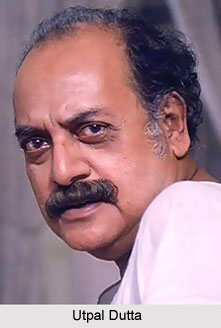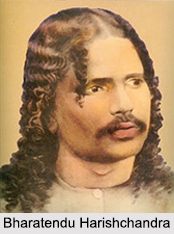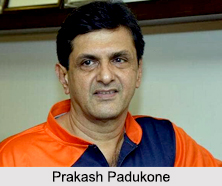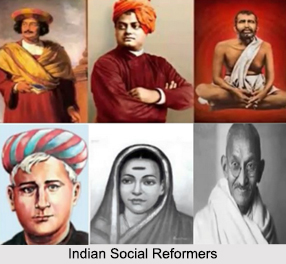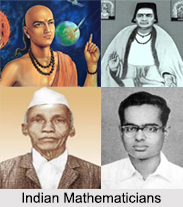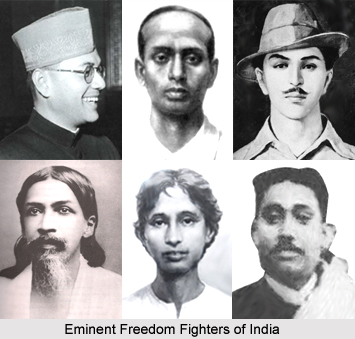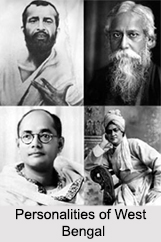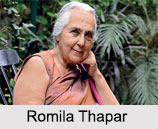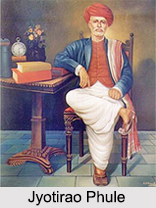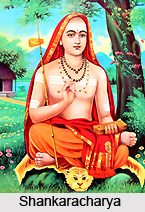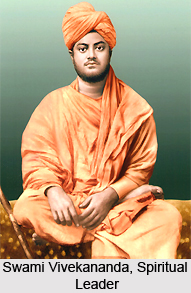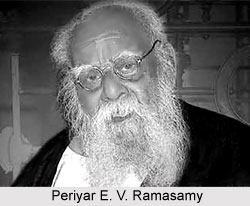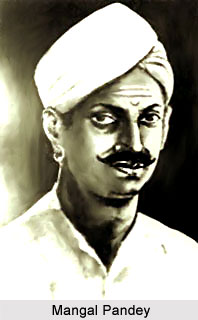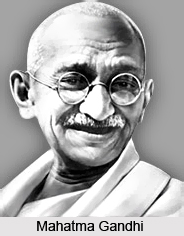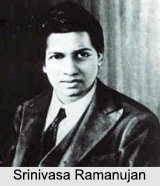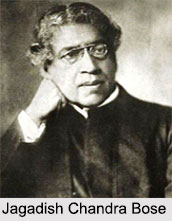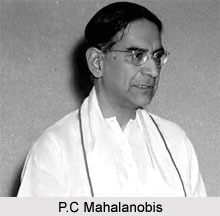 P.C. Mahalanobis is widely recognized in India as an esteemed Indian scientist and accomplished applied statistician. Within the realm of statistics, his most notable achievement was the development of the Mahalanobis Distance. Prasanta Chandra Mahalanobis is primarily remembered for his pioneering work in anthropometry and his notable role as a member of India`s inaugural Planning Commission. His profound contributions include the establishment of the esteemed Indian Statistical Institute and his invaluable input in the design of expansive sample surveys. Mahalanobis, revered as the Father of statistics in India, also played a significant part in shaping the framework of large-scale sample surveys within the country.
P.C. Mahalanobis is widely recognized in India as an esteemed Indian scientist and accomplished applied statistician. Within the realm of statistics, his most notable achievement was the development of the Mahalanobis Distance. Prasanta Chandra Mahalanobis is primarily remembered for his pioneering work in anthropometry and his notable role as a member of India`s inaugural Planning Commission. His profound contributions include the establishment of the esteemed Indian Statistical Institute and his invaluable input in the design of expansive sample surveys. Mahalanobis, revered as the Father of statistics in India, also played a significant part in shaping the framework of large-scale sample surveys within the country.
Early life of P.C. Mahalanobis
Mahalanobis hailed from a distinguished Bengali Brahmin family belonging to the landed gentry of Bikrampur, Dhaka, in the Bengal Presidency (now in Bangladesh). His grandfather, Gurucharan, relocated to Calcutta in 1854 and established a successful business, commencing with a chemist shop in 1860. Influenced by Debendranath Tagore, the father of Nobel laureate poet Rabindranath Tagore, Gurucharan actively participated in social movements such as the Brahmo Samaj, serving as its treasurer and president. His residence at 210 Cornwallis Street served as the focal point for the Brahmo Samaj.
Subodhchandra, Gurucharan`s eldest son (1867-1953), gained eminence as an educator after pursuing physiology studies at the University of Edinburgh. He was elected a Fellow of the Royal Society of Edinburgh and became the Head of the Department of Physiology at the University of Cardiff, becoming the first Indian to hold such a position in a British university. In 1900, Subodhchandra returned to India and established the Department of Physiology at Presidency College, Calcutta (now Kolkata). He also served as a member of the Senate at the University of Calcutta.
Prabodh Chandra, Gurucharan`s younger son, was the father of P.C. Mahalanobis. Mahalanobis was born and raised in the familial residence surrounded by an intellectually vibrant and socially engaged milieu. During his childhood, Mahalanobis thrived in an environment permeated by reformers and intellectuals.
Mahalanobis commenced his education at the Brahmo Boys School in Calcutta, graduating in 1908. He enrolled in Presidency College, affiliated with the University of Calcutta, where he received instruction from esteemed professors such as Jagadish Chandra Bose and Prafulla Chandra Ray. Notable contemporaries included Meghnad Saha and Subhas Chandra Bose, his juniors. In 1912, Mahalanobis obtained a Bachelor of Science degree with honors in physics. Subsequently, he set off for England in 1913 to join the University of London.
Due to a missed train, Mahalanobis sought shelter with a friend at King`s College, Cambridge. He found himself captivated by the splendor of King`s College Chapel, and upon the suggestion of his host`s acquaintance, M. A. Candeth, he decided to pursue admission there. While excelling in his studies at King`s, he also developed an interest in cross-country walking and punting on the river. During his time at Cambridge, he had the privilege of interacting with the mathematical genius, Srinivasa Ramanujan, the renowned Indian mathematician. After completing his Tripos in physics, Mahalanobis collaborated with C.T.R. Wilson at the Cavendish Laboratory. He briefly returned to India, where he was introduced to the Principal of Presidency College and invited to teach physics.
Upon his return to England, Mahalanobis became acquainted with the journal Biometrika, which greatly intrigued him. Impressed by its content, he purchased a complete set and carried it back to India. Recognizing the practicality of statistics in meteorology and anthropology, Mahalanobis began delving into statistical problems during his journey home to India.
In Calcutta, Mahalanobis encountered Nirmalkumari (Rani), the daughter of Heramba Chandra Maitra, a prominent educationist and Brahmo Samaj member. In 1923, Mahalanobis entered into matrimony with Nirmalkumari, the daughter of Herambhachandra Maitra, a renowned educationist and member of the Brahmo Samaj.
Formation of Indian Statistical Institute
A keen interest in statistics emerged among Mahalanobis` colleagues, leading to the formation of an informal group within the Statistical Laboratory located in his room at Presidency College, Calcutta. On December 17, 1931, Mahalanobis convened a meeting with notable individuals such as Pramatha Nath Banerji, Nikhil Ranjan Sen, and Sir R. N. Mukherji. Together, they established the Indian Statistical Institute (ISI) in Baranagar, formally registering it on April 28, 1932, as a non-profit learned society under the Societies Registration Act XXI of 1860.
Initially housed in the Physics Department of Presidency College, the institute`s initial expenditure amounted t around two hundred rupees in its inaugural year. Through the pioneering efforts of a dedicated group of colleagues, including S. S. Bose, J. M. Sengupta, R. C. Bose, S. N. Roy, K. R. Nair, R. R. Bahadur, Gopinath Kallianpur, D. B. Lahiri, and C. R. Rao, the institute gradually expanded. Pitambar Pant, who served as a secretary to Prime Minister Jawaharlal Nehru, played a crucial role in providing substantial support to the institute. Pant, having received statistical training at the institute, took a vested interest in its affairs.
In 1933, the institute launched the journal Sankhya, modeled after Karl Pearson`s Biometrika. A training section was established in 1938. However, many early researchers eventually left the ISI to pursue careers in the United States or with the government of India. Mahalanobis extended an invitation to J. B. S. Haldane to join the institute, and Haldane assumed the position of Research Professor from August 1957 until February 1961. Dissatisfaction with the administration and disagreements over Mahalanobis` policies prompted Haldane`s resignation from the ISI. He expressed concerns regarding the director`s frequent travels and extended absences, remarking that the director`s journeys formed a novel random vector. Haldane played a significant role in advancing the ISI`s work in biometrics. In 1959, the institute attained the status of an institution of national importance and was recognized as a Deemed University. The methodologies pioneered at the institute are now employed by renowned institutions such as the World Bank and the United Nations.
Major Contributions of Mahalanobis
Prasanta Chandra Mahalanobis has major contributions to not just one but several fields of education and society. The Mahalanobis distance holds a prominent position as a widely employed metric for assessing the divergence of a point from a distribution across multiple dimensions. Particularly valuable in the domains of cluster analysis and classification, this measure was first introduced by Mahalanobis in 1930 within the context of his study on racial resemblances. The inception of this research can be traced back to a fortuitous encounter between Mahalanobis and Nelson Annandale, the director of the Zoological Survey of India, during the 1920 Nagpur session of the Indian Science Congress. Intrigued by Mahalanobis` expertise, Annandale sought his assistance in analyzing anthropometric measurements of Anglo-Indians in Calcutta.
Through multiple analyses, Mahalanobis devised a methodology for comparing and categorizing populations using a multivariate distance measure. This measure, denoted as "D2" and subsequently christened the Mahalanobis distance in his honor, possesses the unique attribute of being independent of measurement scale. Additionally, Mahalanobis developed an interest in physical anthropology and spearheaded the development of a precision instrument called the "profiloscope" to facilitate accurate skull measurements.
Mahalanobis made remarkable contributions in the realm of large-scale sample surveys, a field where his impact was particularly significant. He introduced the concept of pilot surveys and advocated for the practicality and efficacy of sampling methods. Notably, the initial surveys conducted between 1937 and 1944 covered a wide range of subjects, including consumer expenditure, tea-drinking habits, public opinion, crop acreage, and plant disease.
His methodologies garnered high praise from esteemed statisticians. Indian Statistical Institute (ISI) was acknowledged for spearheading the original development of sample survey techniques, which was considered as the most potent means of gathering factual information available to administrators of any state.
One of Mahalanobis` notable contributions was the introduction of a method for estimating crop yields. This involved statisticians venturing into the fields and employing a sampling technique where crops were cut within a circular area of four feet in diameter. However, divergent viewpoints emerged among experts working on crop surveys.
Other contributions of P.C Mahalanobis
In his later years, Mahalanobis assumed a crucial role as a member of the planning commission and made substantial contributions to the five-year plans of newly independent India, starting from the second plan onwards. Within the second five-year plan, he placed significant emphasis on industrialization, employing a two-sector model as the basis for his approach. Mahalanobis introduced his own variation of Wassily Leontief`s Input-output model, known as the Mahalanobis model, which played a pivotal role in the Second Five Year Plan. This plan aimed to propel India`s rapid industrialization forward. Alongside his colleagues at the Indian Statistical Institute, Mahalanobis actively participated in shaping the development of a robust statistical infrastructure for the nation. Notably, he spearheaded a project to assess deindustrialization in India and rectify errors in previous census methodologies. During the 1950s, Mahalanobis played a critical role in the campaign to introduce India`s first digital computers.
Beyond his scientific pursuits, Mahalanobis harbored a deep interest in cultural endeavors. He served as the secretary to Rabindranath Tagore and accompanied Tagore during his foreign travels. Mahalanobis also worked at Visva-Bharati University, which was founded by Tagore. In recognition of his contributions to science and his dedicated service to the country, Mahalanobis was honored with the Padma Vibhushan, India`s second highest civilian award, bestowed upon him by the Government of India.
On June 28, 1972, a day before his seventy-ninth birthday, Mahalanobis passed away. Despite his advanced age, he remained actively engaged in research work and fulfilled his responsibilities as the secretary and director of the Indian Statistical Institute, as well as serving as the honorary statistical advisor to the Cabinet of the Government of India.
On the eve of his 125th birth anniversary on 29 June 2018, Indian Vice-President M. Venkaiah Naidu released a commemorative coin at a programme at ISI, Kolkata. In 2006, the government of India declared Prasanta Chandra Mahalanobis`s birthday, 29 June, as "National Statistics Day" of India.
Honors received by Prasanta Chandra Mahalanobis
A 1993 stamp of India featuring Mahalanobis
1935 Fellow of the Indian Academy of Sciences
1935 Fellow of the Indian National Science Academy
1942 Officer of the Order of the British Empire (Civil Division)
1944 Weldon Memorial Prize from the University of Oxford
1945 Fellow of the Royal Society, London
1950 President of Indian Science Congress
1951 Fellow of the Econometric Society, US
1952 Fellow of the Pakistan Statistical Association
1954 Honorary Fellow of the Royal Statistical Society, UK
1957 Sir Deviprasad Sarvadhikari Gold Medal
1958 Foreign member of the Academy of Sciences of the USSR
1959 Honorary Fellow of King`s College, Cambridge
1961 Fellow of the American Statistical Association
1961 Durgaprasad Khaitan Gold Medal
1961 Desikottam by Visva Bharati University
1968 Padma Vibhushan
1968 Srinivasa Ramanujan Gold Medal

